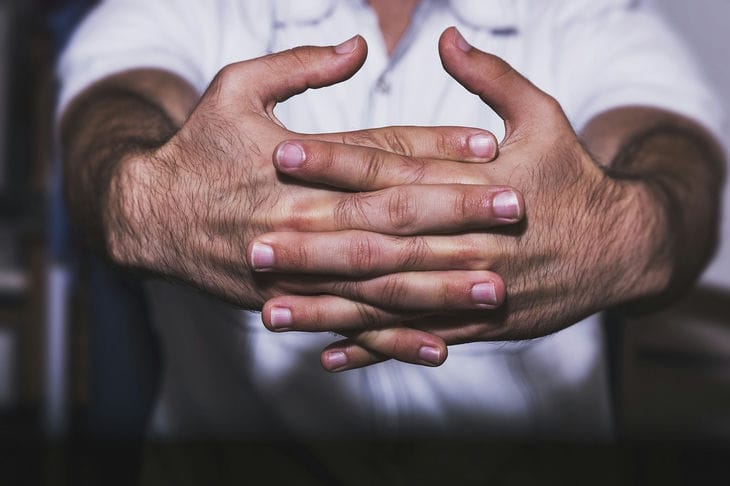Why do joints hurt when the weather changes: revealing the secrets of bone weather dependence
Many people notice that their joints begin to ache before a change in weather.
This phenomenon, known as weather sensitivity, was long considered a folk belief.
However, modern science confirms the connection between weather changes and joint pain, revealing the mechanisms of this phenomenon.
The influence of atmospheric pressure
One of the main reasons for joint pain when the weather changes is a change in atmospheric pressure.
Human joints are surrounded by synovial fluid, which serves as a lubricant and shock absorber.

When atmospheric pressure drops, which often happens before rain or snow, the tissues around the joints may expand slightly.
This creates additional pressure on the nerve endings, causing a feeling of pain or discomfort. People with arthritis or other joint diseases are especially sensitive to such changes.
Temperature fluctuations
Sudden changes in temperature can also cause joint pain. When the air temperature drops, blood vessels narrow, which can worsen the blood supply to the joints and surrounding tissues.
This increases the viscosity of the synovial fluid, making movements less smooth and causing discomfort. In addition, cold can increase the perception of pain by nerve endings, making existing problems more noticeable.
Air humidity
High humidity can also affect the condition of joints.
High humidity promotes fluid retention in the body, which can lead to swelling and inflammation in the joints. This is especially true for people with rheumatoid arthritis or osteoarthritis.
In addition, humid air creates a feeling of stuffiness, which can increase overall discomfort and perception of pain.
Baroreceptors in the joints
Interesting fact: in human joints there are special receptors called baroreceptors.
They are sensitive to pressure changes and can respond to fluctuations in atmospheric pressure.
Activation of these receptors can cause pain or discomfort in the joints even in healthy people, but this is especially noticeable in those who suffer from chronic diseases of the musculoskeletal system.
Hormonal changes
A change in weather can affect a person's hormonal background. For example, when atmospheric pressure drops, the body can increase the production of cortisol, the stress hormone.
This, in turn, can increase inflammatory processes in the body, including in the joint area. In addition, changes in serotonin and melatonin levels associated with seasonal variations in light can affect the overall perception of pain.
Psychological factor
The psychological aspect of meteosensitivity cannot be ruled out either. People suffering from chronic joint diseases may subconsciously expect their condition to worsen with a change in weather.
This expectation can increase the perception of pain and discomfort. In addition, cloudy or rainy weather often causes a decrease in mood, which can also increase the feeling of physical discomfort.
Individual sensitivity
It is important to note that joint weather sensitivity manifests itself differently in people.
Some may feel severe pain even with minor changes in the weather, while others hardly notice any connection.
This is explained by individual characteristics of the body, health condition, age and other factors. Therefore, to accurately understand the causes of joint pain, it is important to consult a doctor and undergo the necessary examination.
